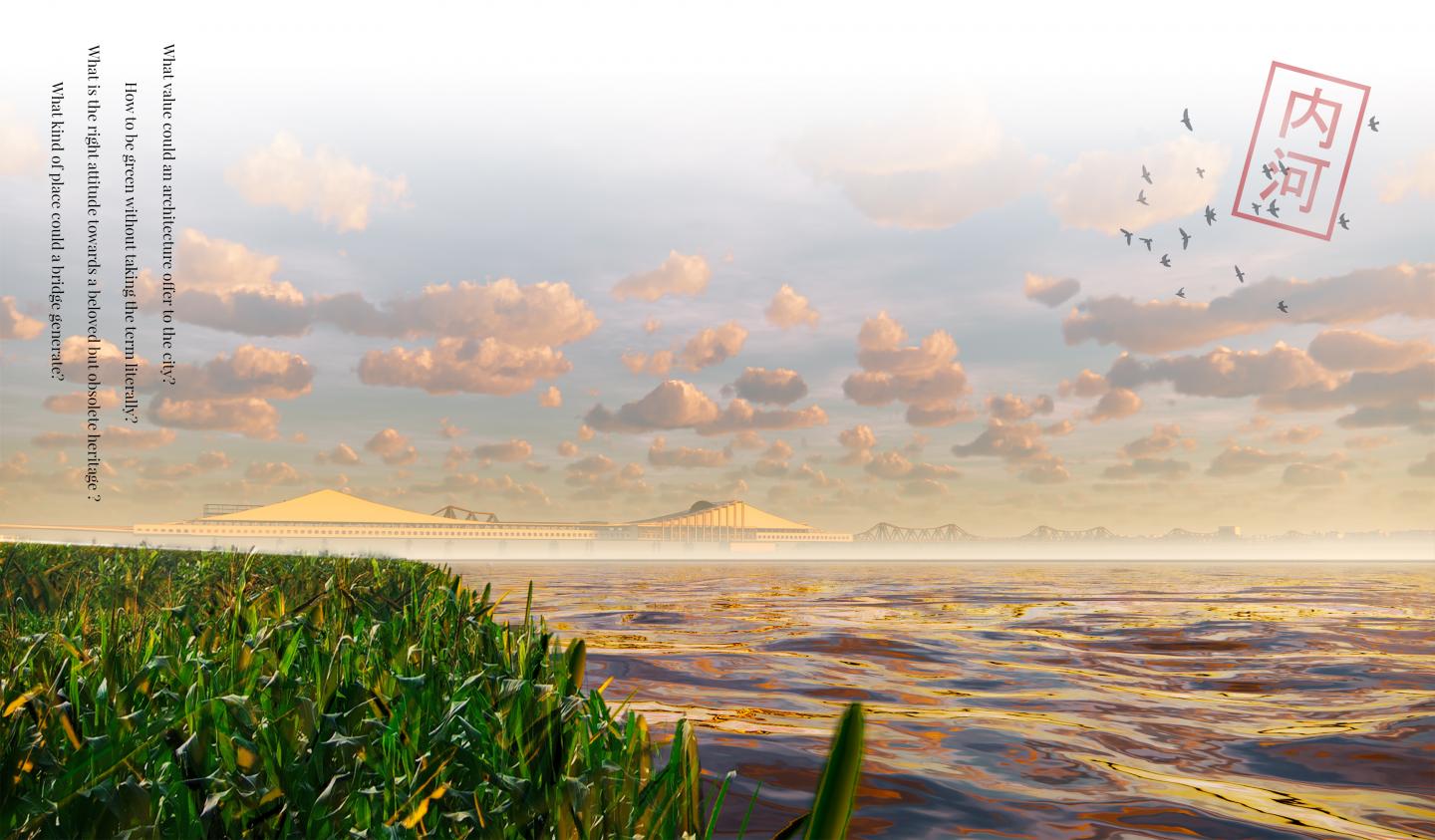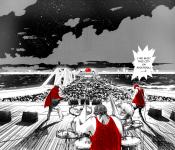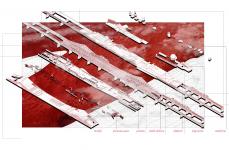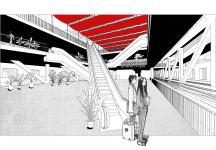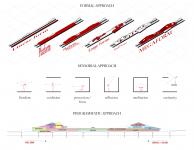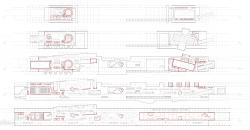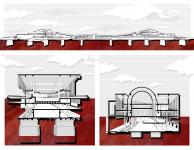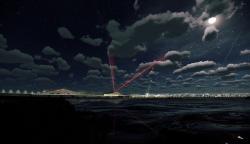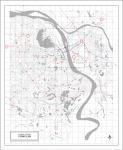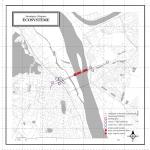Nội-Hà Mégaforme explores the relation between architecture, infrastructure, landscape and the city. It studies how an obsolete historical bridge could become not only an object to be “crystalized”, but also a genuine place which can physically change both the face and the functioning of a city.
For a long time, bridges have always been considered objects of functionalism. Given architectural traits, they would be able to respond to more complex concerns, instead of being mere infrastructure.
Meanwhile, in Hanoi, a new bridge able to respond to modern day’s requirements is urgently in need. It craves the 120-year-old one’s location, but can do nothing about that. The collective memory is strong, especially in a constantly changing reality where people would fancy almost anything old to rely on. Both replacing, reconstructing similarly or make it a museum while looking elsewhere to build would not be pertinent enough. Thus, this project proposes to fuse the old and the new bridge into a single architectural entity, so that they’ll work together to become a complex dedicated for culture and well-being.
The artifact is constituted by independent layers: Platforms, Forms, and Envelope. Superposed together they generate unusual and unpredictable situations inside a Megaform. The final silhouette must as well be loyal to the two natures of the edifice: the spans - as bridge, and the roof - as architecture. Finally, if the bridge was considered to be a timeline, the forms inside would represent the disturbing events of history, and the envelope’d play the role of a translucent screen which we’d always use (in vain) to cover these unwanted disorders.
2020
0000
Credits collage materials:
- 20th Century Boys - Naoki Urasawa
- Omoide Emanon - Tsuruta Kenji
Khanh Duong Pham
Favorited 2 times
